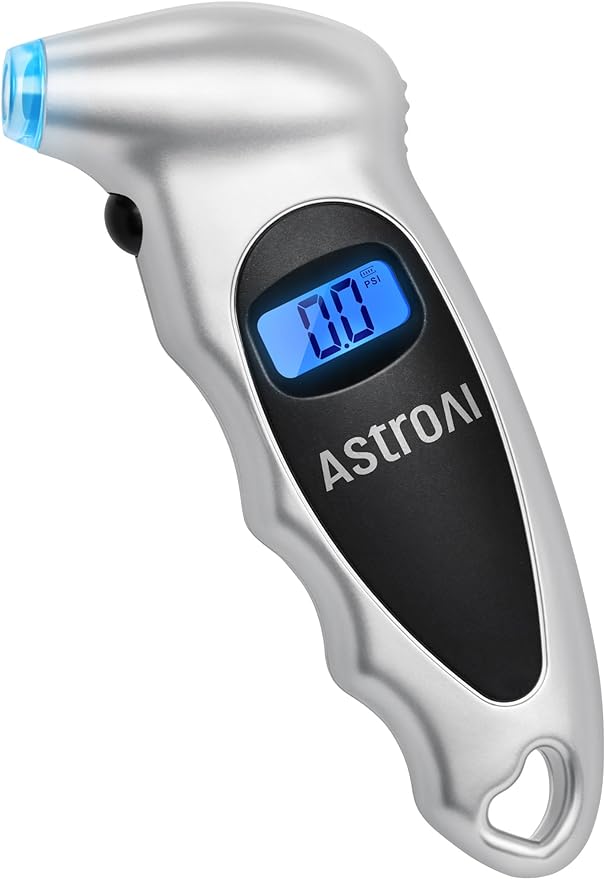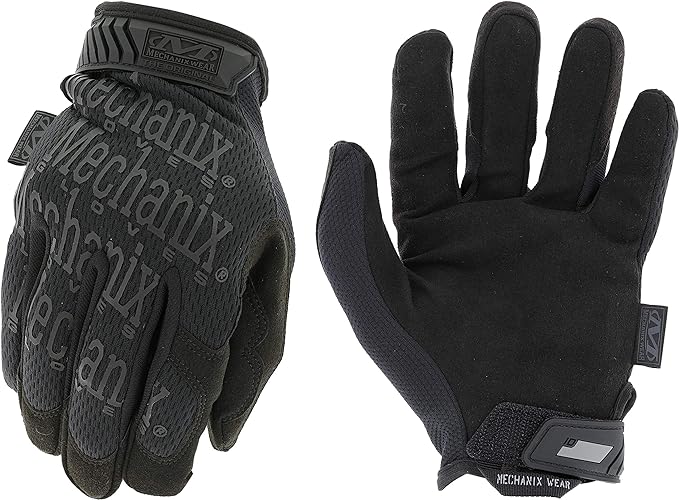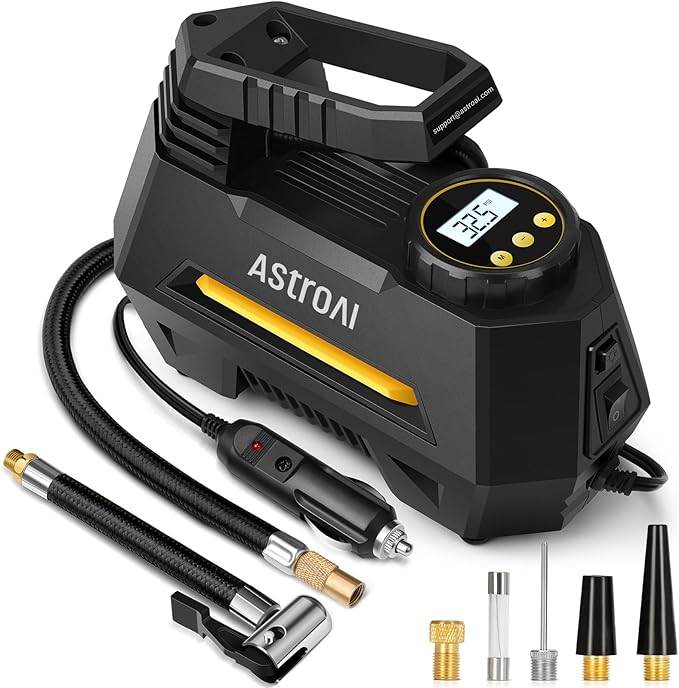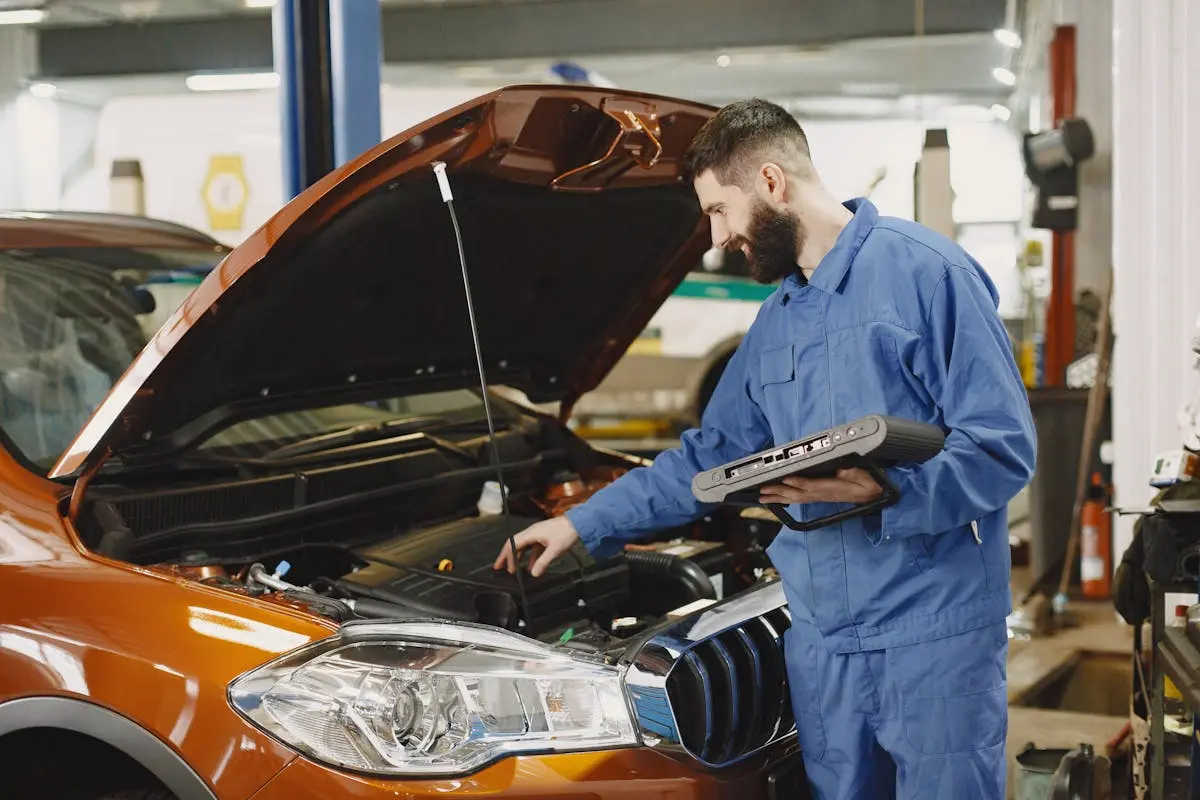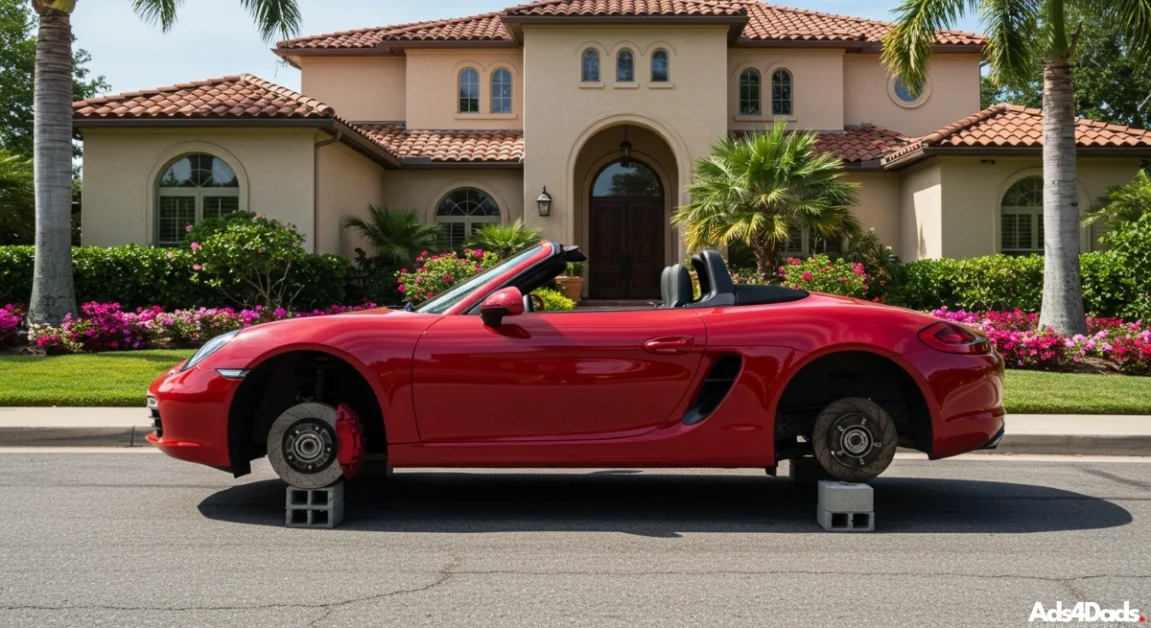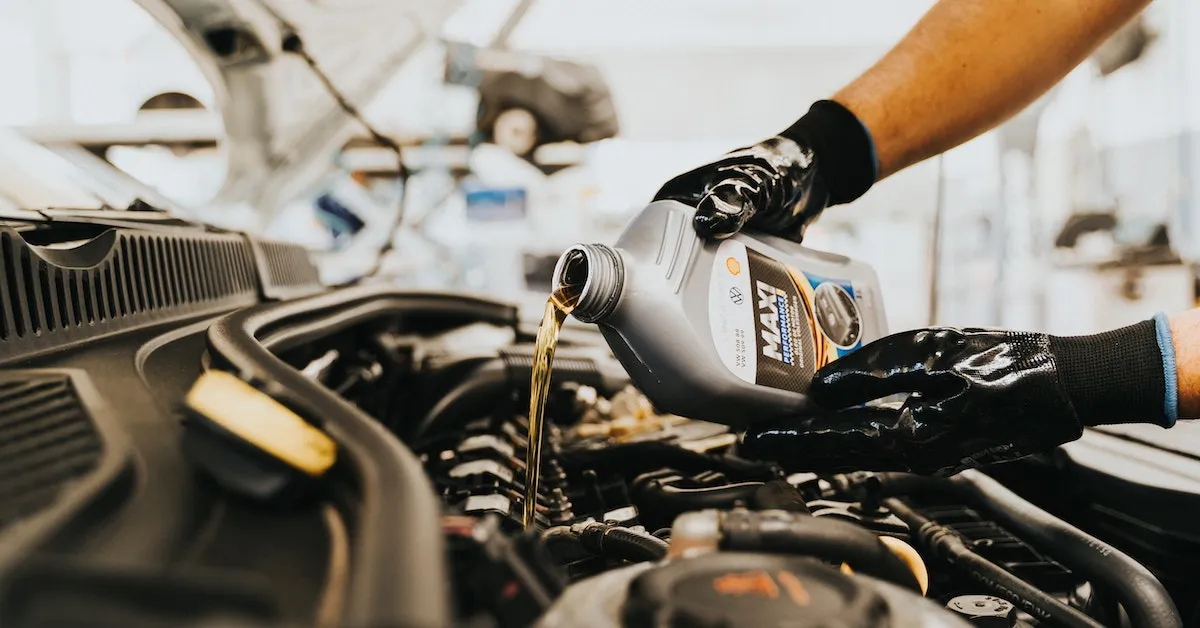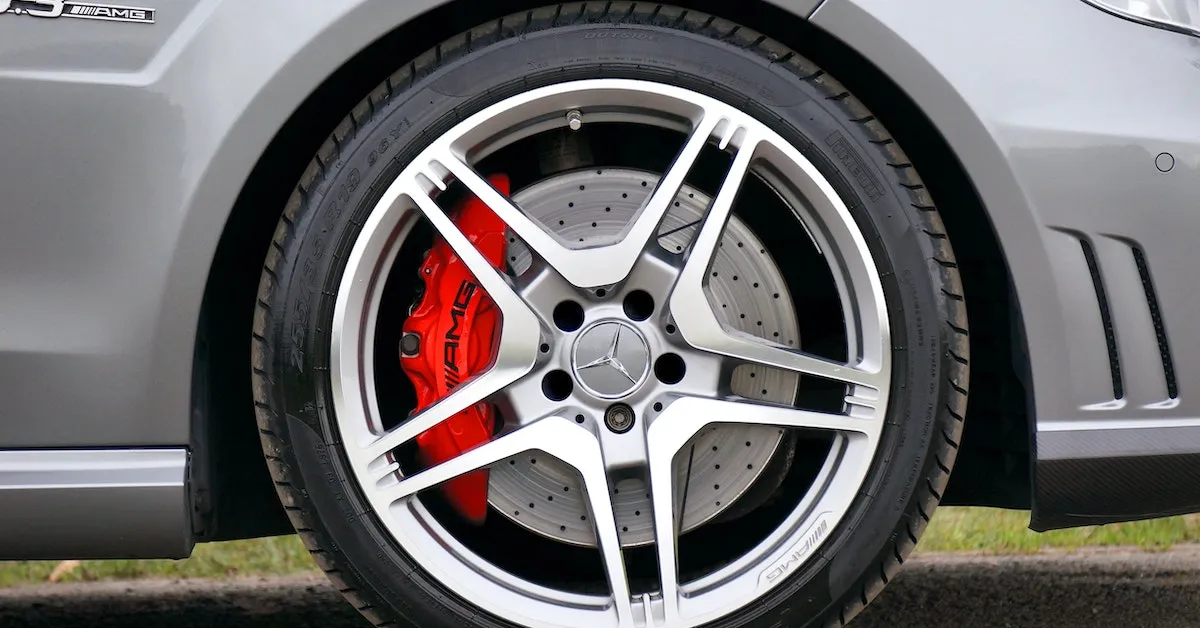Our spare tires are often the most overlooked part of our vehicles when it comes to basic maintenance. Even during regular service visits at a dealership or repair shop, it’s rare for a technician to check the spare tire’s pressure or confirm it’s properly inflated.
Tire issues are one of the most common reasons for roadside breakdowns. Yet many drivers unknowingly carry around a flat or under-inflated spare. That’s like having an emergency fund and not knowing if there’s any money in it. Not ideal.
How to Check and Maintain Your Spare Tire
If your vehicle includes a spare tire (some newer models do not), here’s what to do:
- Look at your owner’s manual or the sticker on the driver-side door frame to find the recommended spare tire PSI.
- Ask your dealership or local shop to inflate the spare to the proper pressure.
- Consider adding an additional 5-10 PSI is wise since the tire gradually looses pressure over time.
Pro Tip for Routine Maintenance
The next time you get an oil change or regular service, ask the service advisor to write this on your work order:
“Check spare tire and adjust air pressure.”
If it’s not written down, it’s easy for the technician to overlook. Don’t hesitate to follow up.
Compact spare tires typically require 60 PSI and should be checked at least every four months. It’s a good habit to have the pressure inspected during routine service visits or oil changes. If your car doesn’t have a spare, make sure any provided repair kit or tire sealant is functional and not expired.
What If Your Car Doesn’t Have a Spare Tire?
Some vehicles, especially newer models, don’t come with a spare. Instead, they might include:
- A can of tire sealant
- An electric air pump
If this applies to your car, check both items to ensure they’re present and functional. Tire sealant also expires, so verify the date.
Vehicles equipped with run-flat tires often do not include a spare or repair kit. If you’re missing equipment, ask your dealership about ordering a full kit. In some cases, like with certain Acura RDX models for example, you can even buy a complete spare tire kit.
What to Do When You Have a Flat Tire and No Spare
If your vehicle doesn’t have a usable spare, your best option is to contact roadside assistance. This may be available through your vehicle’s warranty or insurance provider.
Request a flatbed tow truck, especially if your car has low ground clearance or all-wheel drive. If you’re close to your dealership, have it towed there. Otherwise, have it brought to your home so you can plan your next steps.
Once you’re ready, gather the necessary tire details such as the brand, model, and size (example: Bridgestone Dueler HP Sport 235/45/R19). Then call a nearby shop to see if they can repair or replace the tire. If it’s not repairable, they can usually order one for you.
Final Thoughts: Spare Tire Maintenance Can Save You…
A flat tire without a working spare can turn a minor inconvenience into a major hassle. Take five minutes today to make sure your spare tire and tools are ready. If you’re unsure what to check, visit your dealership or consult your vehicle’s manual.
It’s a simple step that can save you time, money, and stress later on. Stay safe and stay prepared.
Spare Tire Safety Resources
Ads4Dads.com is a reader-supported website. If you make a purchase through the links on our site, we may earn affiliate commissions.


